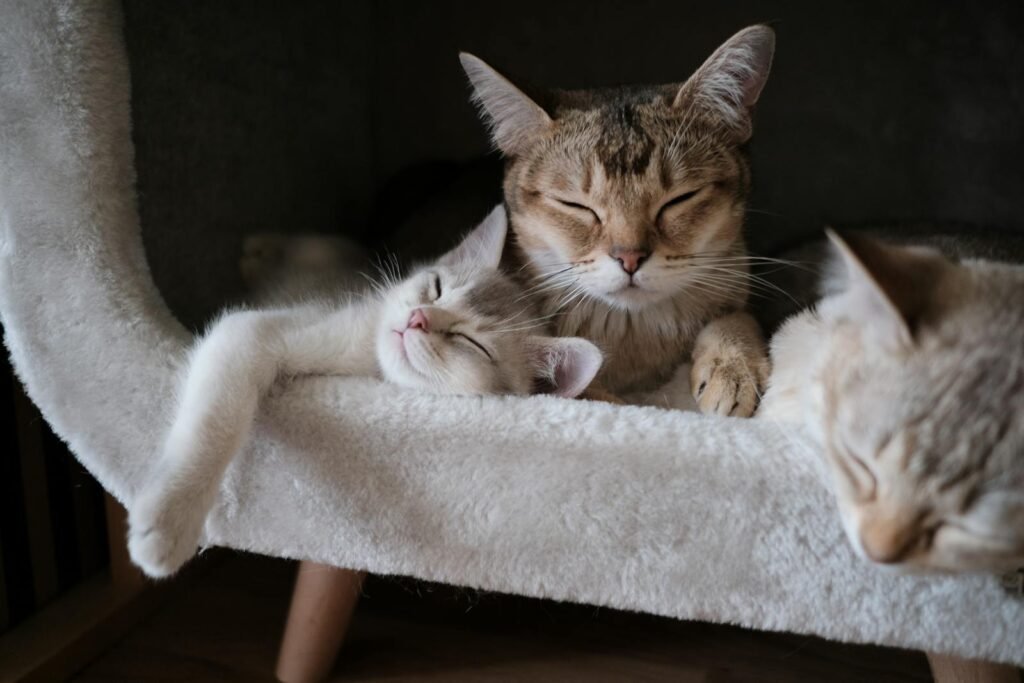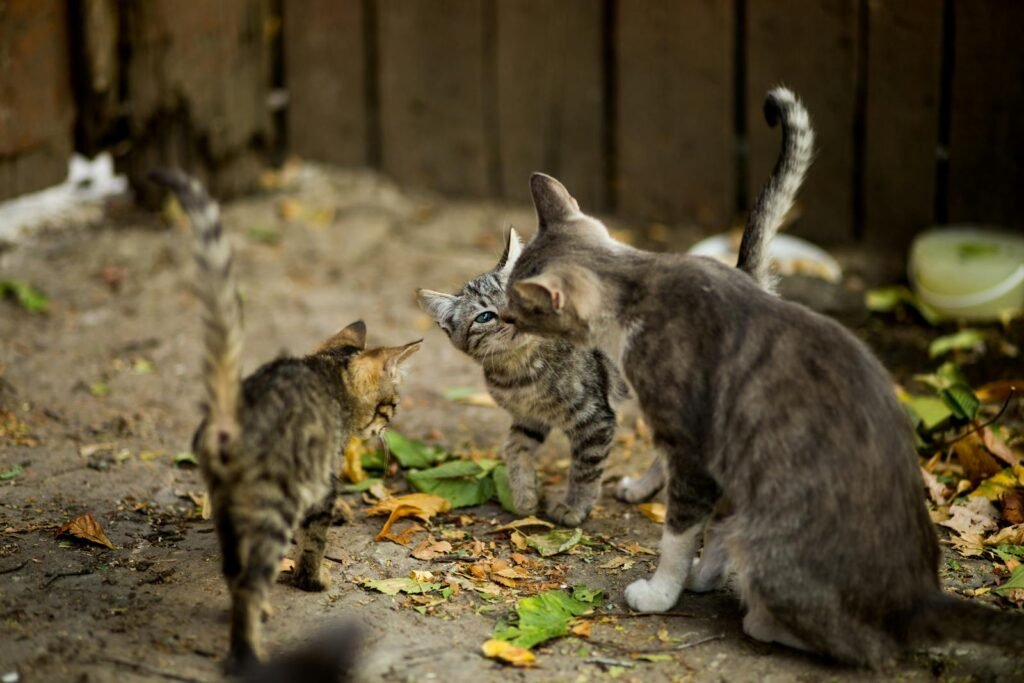Cats might have a reputation for being independent and aloof, but don’t let that fool you. Many cats can learn tricks and commands, just like dogs. Teaching your cat some simple tricks not only strengthens the bond between you and your feline friend but also provides them with mental stimulation. In this article, we’ll explore strategies and tips to make training your cat an enjoyable and successful experience.
Understanding Your Cat’s Personality

Before embarking on your training journey, it’s crucial to understand that each cat has a unique personality. Some cats are naturally curious and eager to engage with you, while others may need more time to warm up to new ideas. Begin training by observing your cat’s preferences and energy levels. A cat that’s ready to play and interact is more likely to enjoy and benefit from training sessions.
The Right Time and Environment for Training

Choosing the appropriate time and setting for training is critical. Train in a quiet, distraction-free environment where your cat feels safe and comfortable. The best time for training is when your cat is alert but not overly energetic. Avoid training before mealtimes, as hunger may distract your cat, and after meals, when they may prefer a nap.
Essential Tools for Training

Having the right tools can make a significant difference in your training endeavors. Clickers are frequently used in pet training to mark and reward desired behaviors. If you don’t have a clicker, a simple sound, such as a short whistle, can work. Additionally, have small, tasty treats on hand as rewards — something your cat cannot resist, like small pieces of tuna or chicken.
Starting with Basic Commands

Begin with simple commands that mirror your cat’s natural behaviors, such as “Sit” or “Come.” To teach “Sit,” hold a treat close to your cat’s nose, then slowly move it back over their head. As their head follows the treat, their hindquarters will naturally lower into a sitting position. As soon as they sit, use your clicker or verbal marker and give them the treat. Repeat this several times, pairing the behavior with a command word.
The Power of Positive Reinforcement

Positive reinforcement is the cornerstone of successful training. Rewarding your cat promptly after they perform the desired behavior strengthens their association between the action and the reward. Consistency is key, so ensure that every successful attempt is met with praise and a treat.
Gradually Increasing Complexity

Once your cat masters basic commands, you can gradually introduce more complex tricks. Break down each trick into small, manageable steps, rewarding each step along the way. For instance, to teach “High Five,” start by rewarding your cat for lifting a paw, then slowly shape this action into a full high-five motion.
Understanding and Responding to Your Cat’s Signals

Cats communicate through body language, and being attuned to these signals can enhance your training experience. Watch for signs of stress or frustration, such as tail switching or ears flattening. If your cat seems stressed, it might be time to take a break or end the session. Positive associations are key, and training should remain a fun and rewarding experience.
Be Patient and Persistent

Patience is vital when training your cat. Unlike dogs, cats may take a little longer to learn new commands. Celebrate small victories and remain persistent, even if progress seems slow. Training sessions should be brief, making sure not to overwhelm your feline friend.
Personalizing Commands and Tricks

Feel free to personalize tricks and commands to suit your cat’s interests and abilities. If your cat loves to jump or enjoys batting at things, incorporate these into your training by teaching tricks like “Jump” or “Fetch The Toy.” Tailoring tricks to your cat’s natural behaviors will make training more enjoyable for both of you.
The Importance of Routine

Cats thrive on routine, and incorporating regular training sessions into their daily schedule helps reinforce learned behaviors. Practicing a few minutes every day is more effective than sporadic, lengthy sessions, helping cement the tricks into your cat’s mind.
Reinforcing Learned Behaviors

Once your cat has learned a command or trick, it’s important to reinforce these behaviors regularly. Continue to practice at different times throughout the day and in varying environments to help your cat generalize the skill.
Avoiding Common Pitfalls

Training can sometimes be challenging, and it’s easy to fall into common traps, such as punishing your cat or showing frustration. Cats do not respond well to negative reinforcement, which can damage your relationship and cause stress. Maintain a positive, encouraging attitude at all times.
Recognizing When to Stop

Knowing when to conclude a training session is as important as starting one. End training on a positive note, even if it means going back to a simpler command your cat has already mastered. This leaves your cat with a sense of accomplishment and eagerness for the next session.
Celebrating Achievements

Every new trick or command your cat learns is an achievement worth celebrating. Share the joy of these moments by praising your cat, giving them a special treat, or engaging in their favorite activity. Recognition and celebration reinforce positive behavior and motivate further learning.
Conclusion

Teaching your cat tricks and commands can be a fulfilling endeavor that enriches your relationship and keeps your feline mentally engaged. With a little patience, the right approach, and a lot of love, you’ll watch your cat perform amazing feats. Remember, the journey of training should be as enjoyable as the outcome. Happy training!






